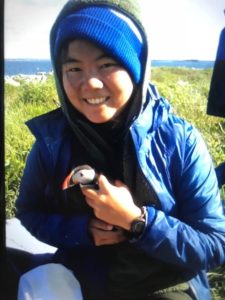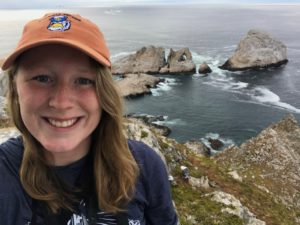This post was written by Ethan’21, a student in Avian Ecology at Pomona College.
My classmates and I arrived at Chaffey College at 8 a.m. on a Saturday morning in early spring for their annual Burrowing Owl Festival cohosted by the Pomona Valley Audubon Society. I was excited by the prospect of hearing these experienced researchers and active conservationists talk about issues facing these extraordinary birds. I was also excited to interact with the community; during one of my three blocks, I was to be a docent at a PVAS table, talking about how owls have adapted to fly silently. I also hoped to see some live burrowing owls for myself.
My first block was open, so I grabbed some snacks and decided to sit in on a few research presentations with my classmates in the Chaffey College auditorium. At the talks, I learned about the importance of ongoing efforts to recruit burrowing owls to artificial burrows as well as the role of habitat destruction in degrading the environment for this threatened species. It was an effective juxtaposition: detailing how humans have damaged burrowing owl populations over the past few decades while also publicizing the diligent strategies that conservationists are currently undertaking to help the species. I put a reminder in my phone after the meeting to send a letter to the Fish and Wildlife Commission to advocate for the inclusion of the burrowing owl as a protected species. According to one of the speakers, the commission has ignored the precarious status of the species, and I left the talk motivated to advocate on behalf of these owls.
I left the auditorium and joined the docent table for the PVAS along the main walk, where large groups of festivalgoers visited the tables of demonstrations and rehabilitated raptors. I sat down with my classmate River and another volunteer, and we instructed people on the adaptations of silent owl flight, handed out PVAS pamphlets, and fielded questions from the crowd of festivalgoers. During my stint at the table, we were approached by mostly families, many with children of different ages. I found myself having to adapt my spiel– how the serrated wing edge, pillowy smooth top, and soft trailing fibers of a barn owl wing allowed it to fly silently– to different audiences. For some small children, I focused on mainly observational things (the softness of the feathers and how when I flapped the wing, no noise was created), whereas for older children (especially those interested in science), I would get into the weeds of the physics behind silent flight. For everyone who visited the table, I tried to encourage tactile interaction with the owl wing. Whenever people touched the wing themselves, their faces would light up with understanding, and I think that they probably learned more from experiencing the soft, serrated feathers for themselves than hearing me talk about them!
For my final shift, I grabbed my binoculars and walked down to the parking lot, where a few of my classmates and other docents had set up spotting scopes to see live burrowing owls in the large fields adjacent to the college campus. When I arrived, I peered through one of the scopes and spotted a pair of adult owl heads, peeking over tufts of green grass on the side of a trench carved into the field. While down at the viewing station, I made a sketch of one of the owls in my field notebook, and I was pleasantly surprised by my drawing skills (it helped that the owls were stationary at the entrance of their burrow).
I grabbed one of the scopes and trained it on the pair of owls. Then I fiddled with the magnification and resolution dials, until the birds were large in the eyepiece. I invited over some festivalgoers who were excited to see the owls for themselves. It felt so rewarding when people would come and look through the spotting scope, and gasp at their great view of these unusual birds.
I spent much of my time at the viewing station adjusting spotting scopes for visitors, especially whenever children wanted a look. There was one small kid, probably around 3-4 years old, wearing an owl t-shirt who was evidently infatuated with the owls. He was shy at first, but once he looked through the scope and saw the birds, I could tell that he was really excited. I commented to his parents that he may be a future biologist in the making!
At the viewing station, I was approached by a woman and her daughter, and they asked about what team I run for; I was wearing a cross-country shirt. Our conversation wound from talk of cross country (their son ran for UCSD), to college life, to their experience at the festival. They were really thrilled with their experience at the festival and the daughter, a high schooler, was curious of ways to get involved in helping the species.
Thinking back, this was the perfect encapsulation of the festival’s goals: to raise awareness and establish community around protecting the burrowing owls. It was cool to see how these birds brought so many different groups of people together: the experienced owl researchers and casual birdwatchers, the scientists and creationists, and the college kids and families. Certainly, my experience at the festival was an immense success, and judging by the smiles and wows from the festivalgoers, I think they would say the same too.

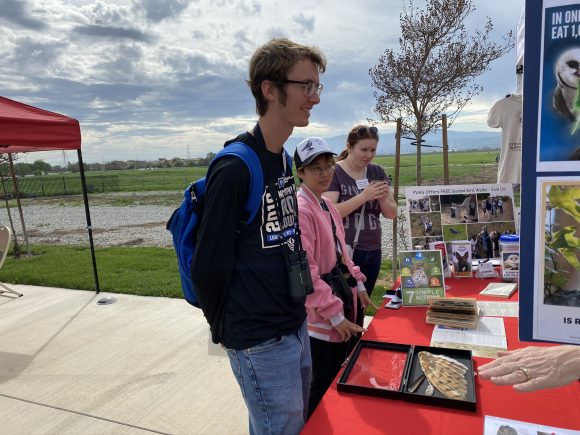
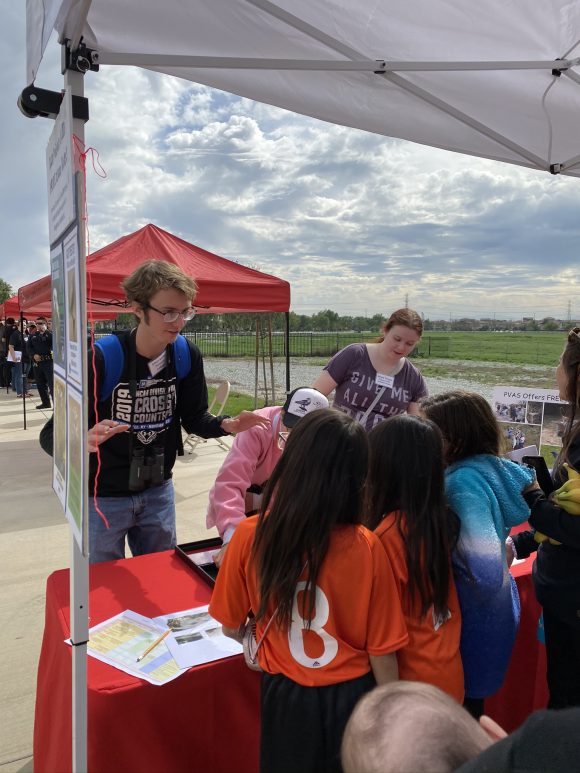
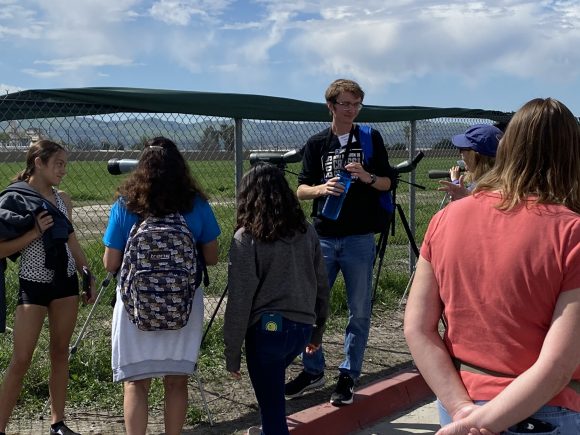
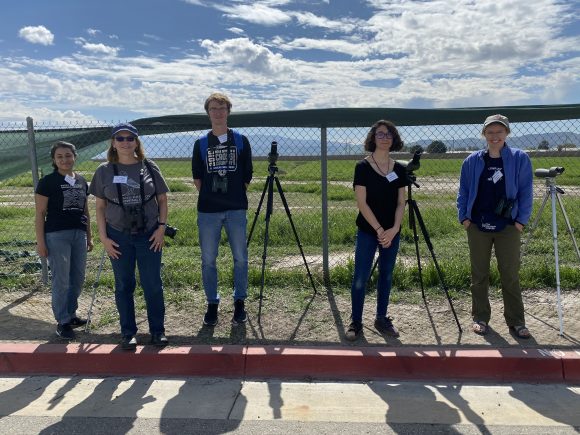
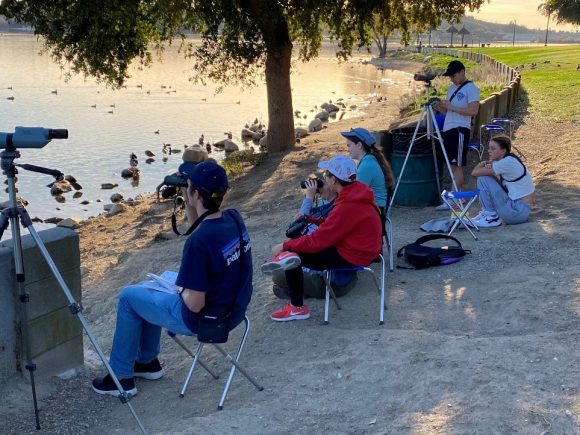




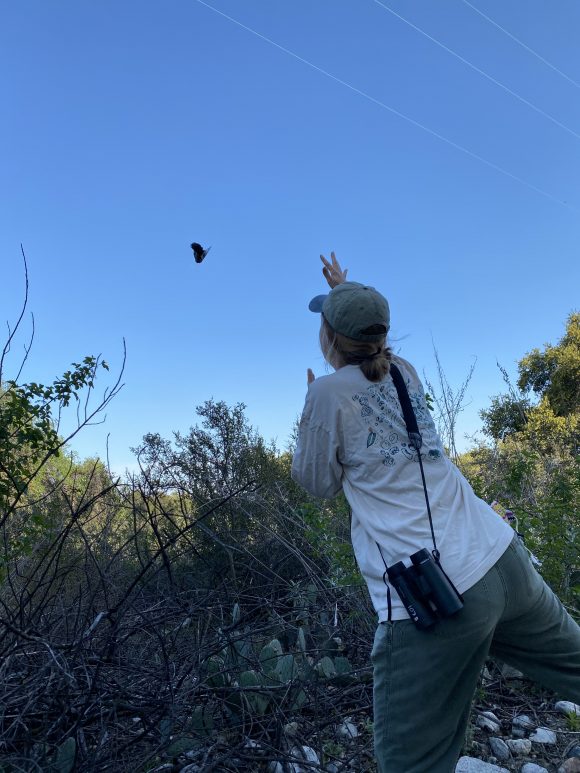
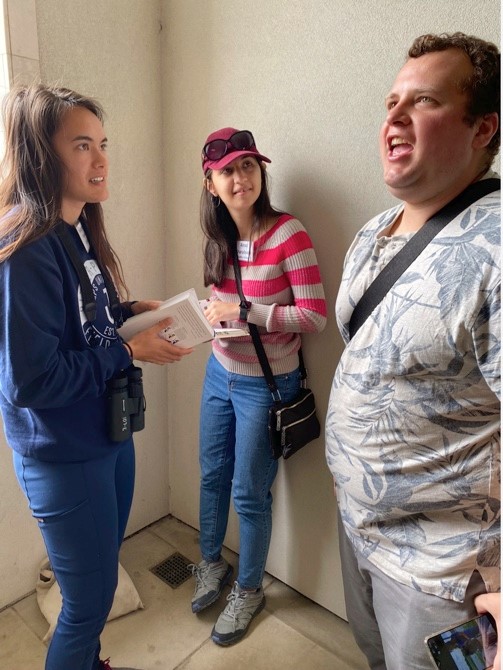
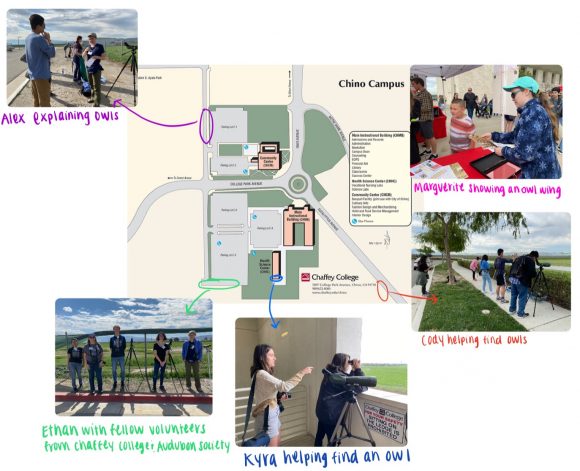
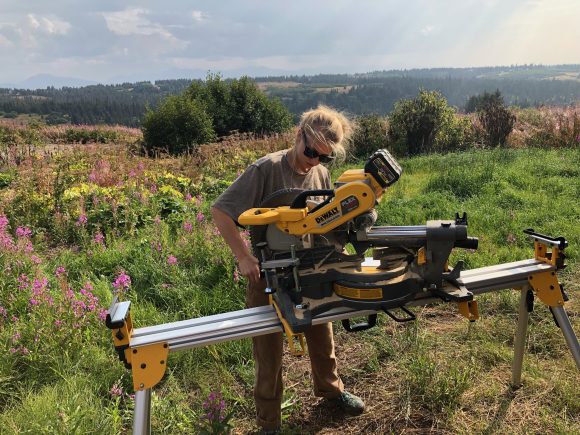

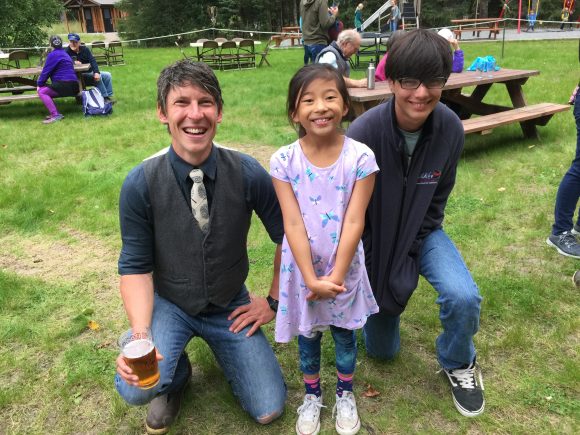
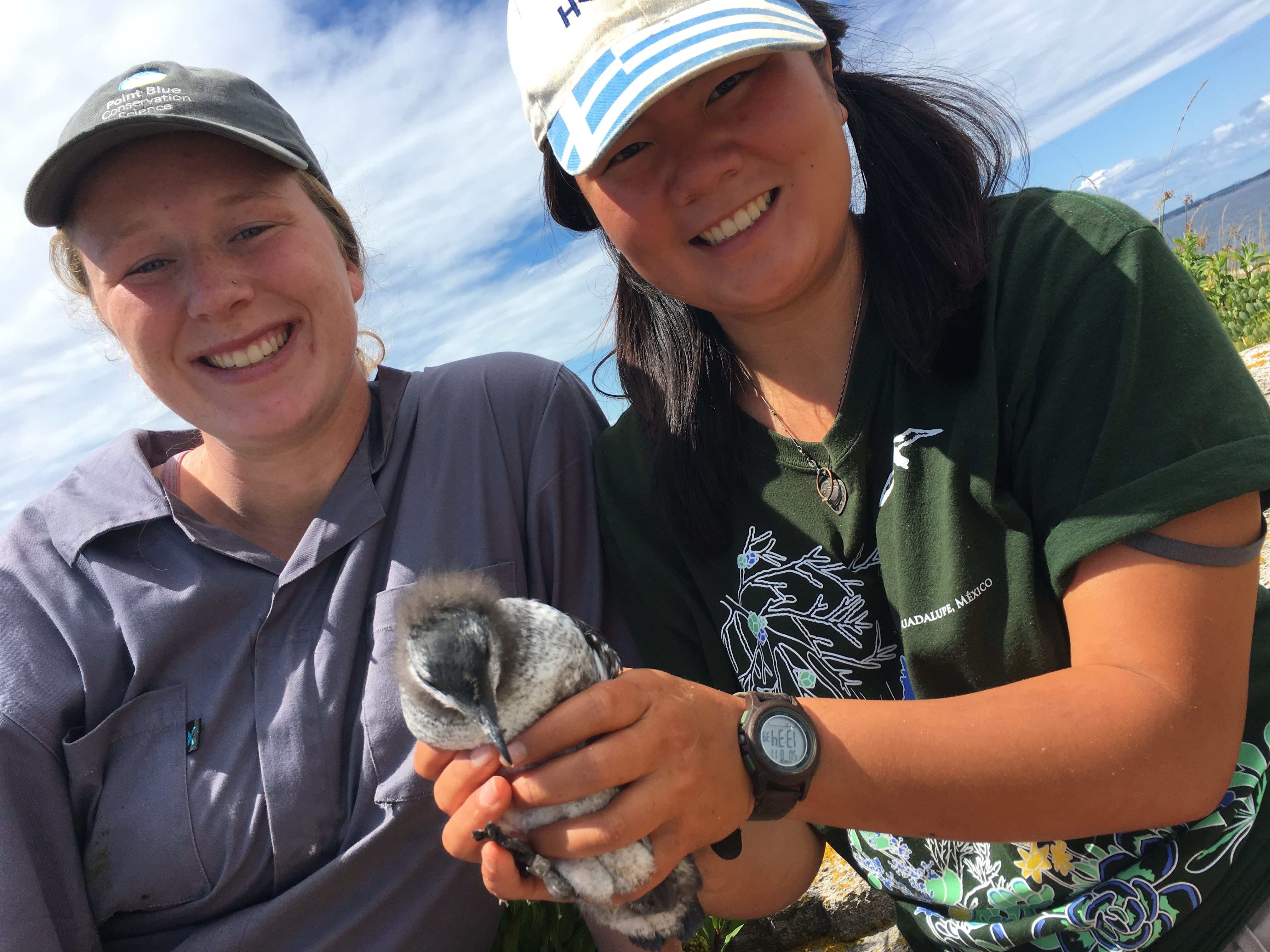


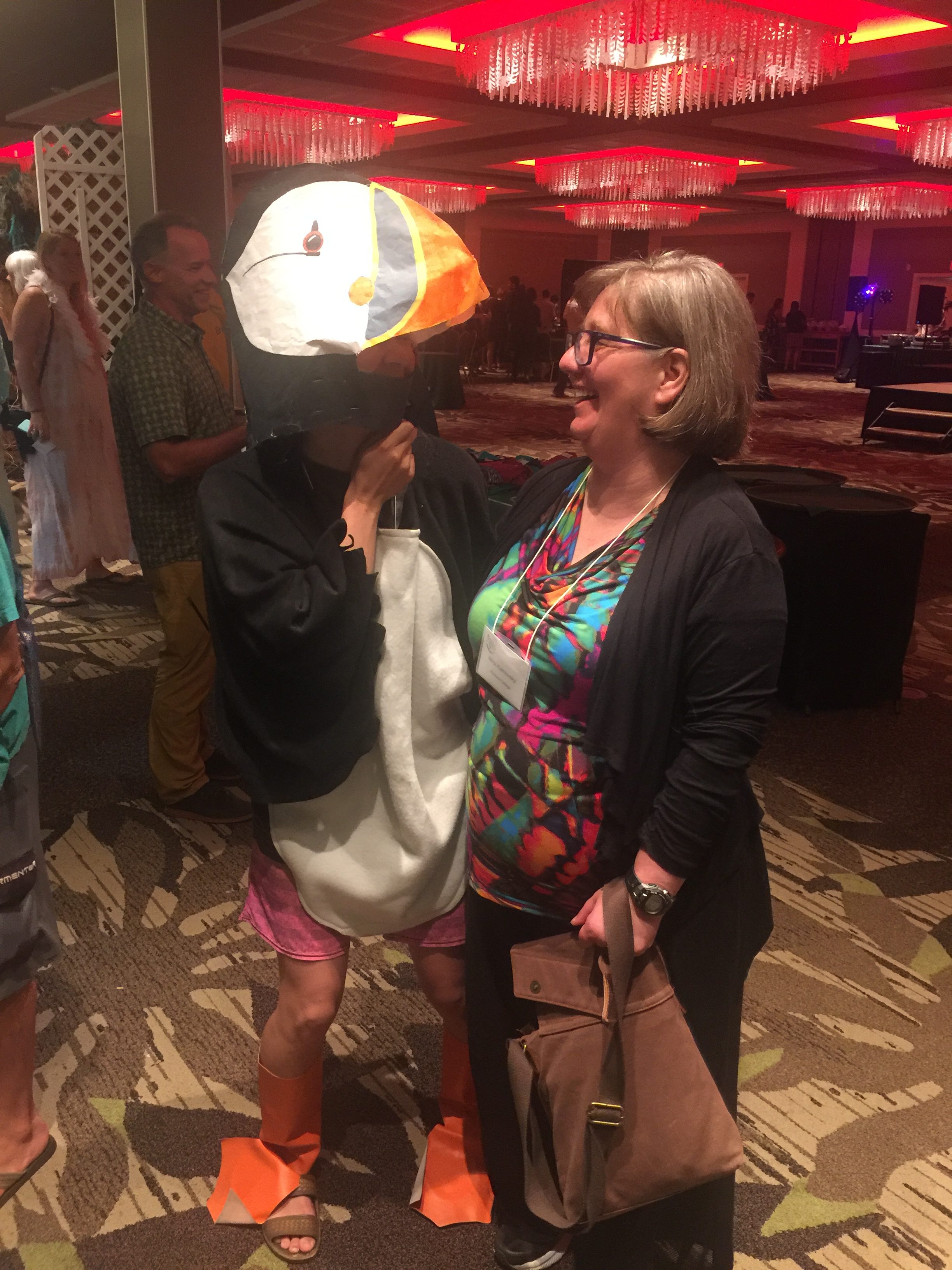
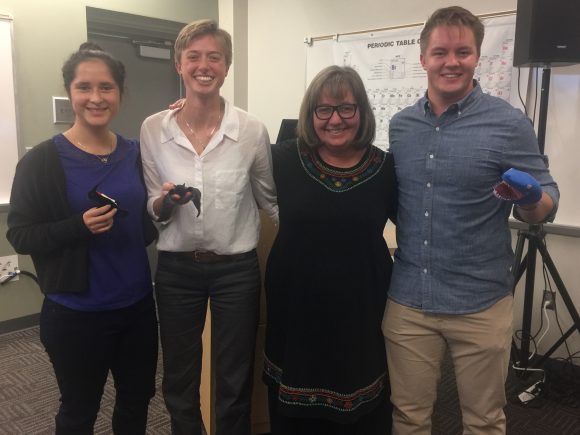
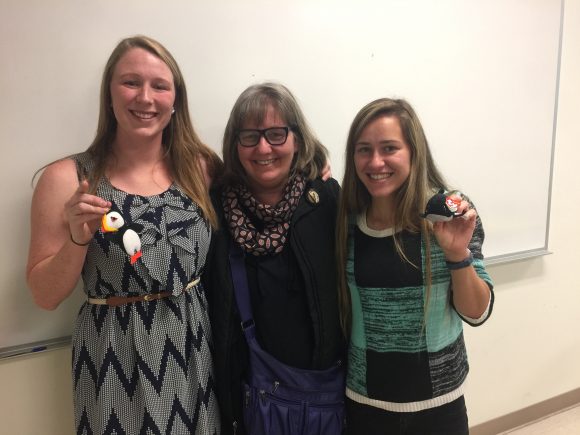
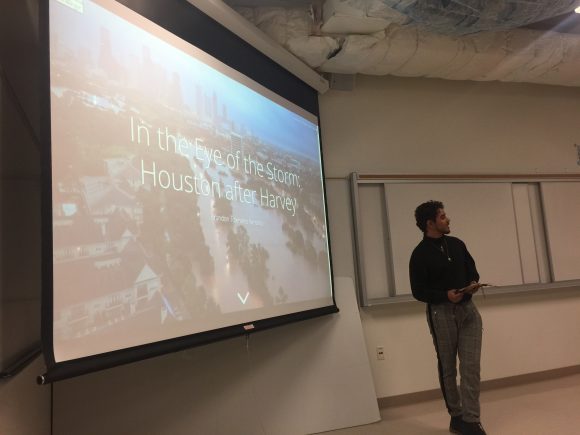
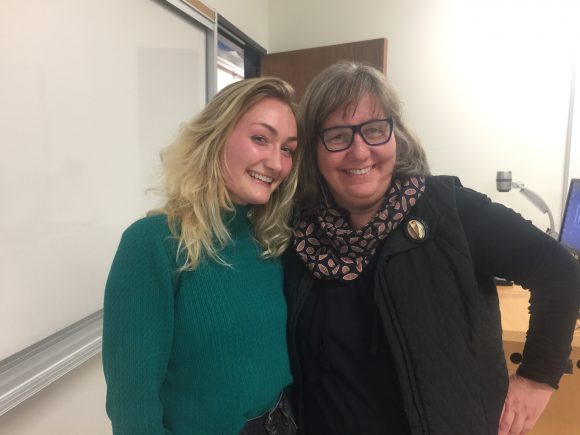
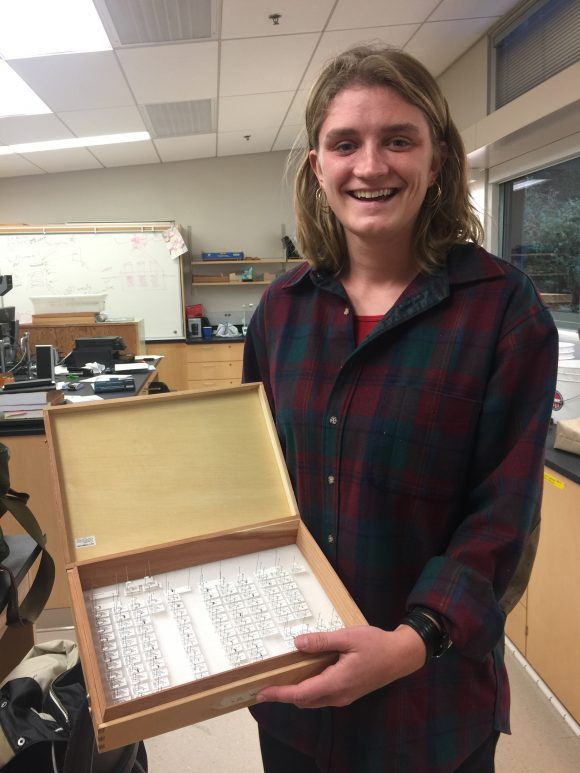
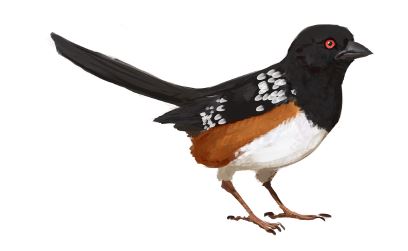
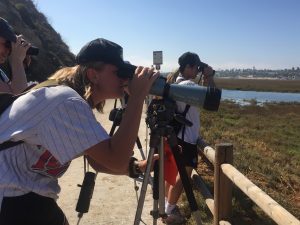

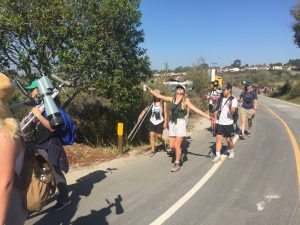
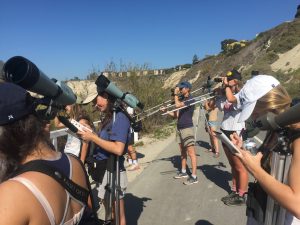
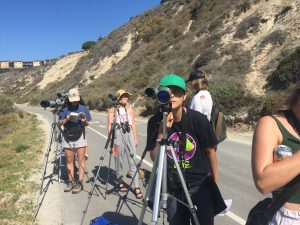
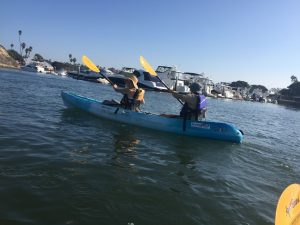
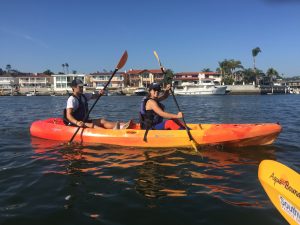
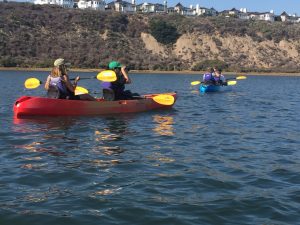
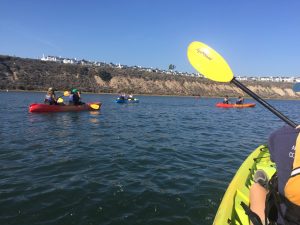
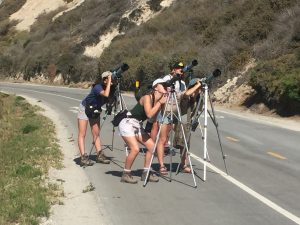
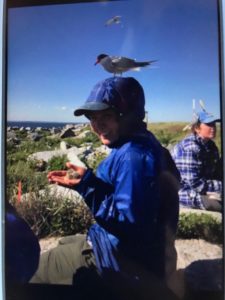 Also, Kay has caught and banded several puffins and she has named one “Prof. K.” I am so touched!
Also, Kay has caught and banded several puffins and she has named one “Prof. K.” I am so touched! 